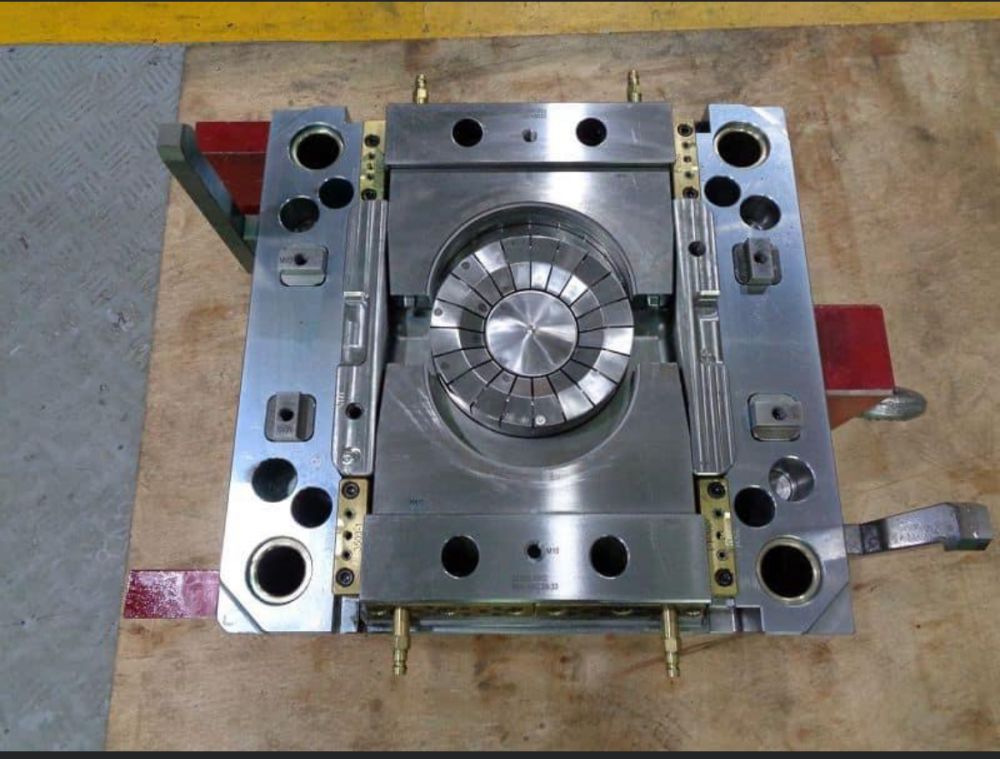Blanking is a stamping process that uses a die to separate sheets from each other. Blanking mainly refers to blanking and punching. The punching or process part punching the desired shape from the sheet along the closed contour is called blanking, and the hole punching the desired shape from the process part is called punching.
Blanking is one of the most basic processes in the stamping process. It can not only directly punch out the finished parts, but also prepare blanks for other processes such as bending, deep drawing and forming, so it is widely used in stamping processing.
Blanking can be divided into two categories: ordinary blanking and fine blanking. Ordinary blanking realizes the separation of sheets in the form of shear cracks between convex and concave dies; fine blanking realizes the separation of sheets in the form of plastic deformation.
The blanking deformation process is roughly divided into the following three stages: 1. The elastic deformation stage; 2. The plastic deformation stage; 3. The fracture separation stage.
The quality of the blanking part refers to the cross-sectional condition, dimensional accuracy and shape error of the blanking part. The section of the blanking part should be as vertical and smooth as possible with small burrs; the dimensional accuracy should be guaranteed to be within the tolerance range specified in the drawing; the shape of the blanking part should meet the requirements of the drawing, and the surface should be as vertical as possible.
There are many factors affecting the quality of blanking parts, mainly including material properties, gap size and uniformity, edge sharpness, mold structure and layout, mold accuracy, etc.
The section of the blanking part obviously shows four characteristic areas, namely slump, smooth surface, rough surface and burr. Practice has shown that when the edge of the punch is blunt, there will be obvious burrs on the upper end of the blanking part; when the edge of the female die is blunt, there will be obvious burrs at the lower end of the hole of the punching part.
The dimensional accuracy of the blanking part refers to the difference between the actual size of the blanking part and the basic size. The smaller the difference, the higher the accuracy. There are two major factors affecting the dimensional accuracy of blanking parts: 1. The structure and manufacturing accuracy of the punching die; 2. The deviation of the blanking part relative to the size of the punch or die after the punching is completed.
The shape error of blanking parts refers to defects such as warping, twisting, and deformation, and the influencing factors are relatively complex. The economic precision that can be achieved by general metal blanking parts is IT11~IT14, and the highest can only reach IT8~IT10.
Post time: Nov-04-2022

